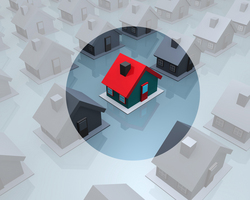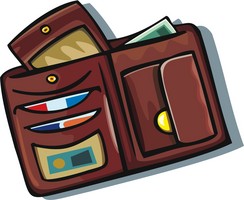Bankruptcy

Sometimes people end up with more debt than they can handle. Often it is not due to irresponsibility, but to circumstances beyond one’s control. Job loss, unexpected medical expenses and other such situations can cause finances to take a sudden turn for the worse. When such things happen, bankruptcy can ease the financial burden.
Bankruptcy should only be used when all other alternatives have been exhausted. It remains on your credit record for ten years, making it difficult or impossible to obtain loans and other types of credit. But in some cases, it is a debtor’s only hope for relief. If you’re considering bankruptcy, it’s important to know which type is best for your situation.
Chapter 7
Chapter 7 is the most common type of bankruptcy for individuals. It requires the debtor to turn all non-exempt property over to a trustee. The trustee then liquidates the property, distributing the proceeds to creditors to lower the debt. The remainder of the debt is usually discharged, as long as it doesn’t fall into categories that are ineligible for discharge.
Those filing for Chapter 7 bankruptcy must pass a means test to show that they are unable to repay their debts. Generally, they must have a total income below the mean income for their family size in their state. Those who do not qualify for Chapter 7 usually qualify for Chapter 13.
Chapter 11
Most Chapter 11 bankruptcies are filed by businesses, but individuals are also eligible for this type of bankruptcy. This type of bankruptcy is costly and complicated, and is only appropriate for individuals under certain circumstances that involve large amounts of debt and assets.
In Chapter 11 bankruptcy, the business (if applicable) may continue to operate. A repayment plan must be written and approved by creditors and the bankruptcy court. A trustee is not appointed unless there has been some sort of wrongdoing by the filing party.
Chapter 13
Chapter 13 bankruptcy is the second most common type of bankruptcy filed by individuals. In order to qualify, debtors must have an adequate amount of disposable income and their debt must fall below limits set each year.
Instead of turning over assets and having the debt remaining after their liquidation discharged, the debtor proposes a repayment plan in which he will repay creditors over a period of three to five years. Creditors may object to the payment plan, but the bankruptcy court has the final say as to whether it is accepted. The debtor is allowed to keep his property, and he pays creditors a reduced amount.
Bankruptcy is not something to be taken likely, but sometimes it is necessary to help debtors get a fresh start. A bankruptcy attorney can help determine whether you should file, and if so which type of bankruptcy is appropriate for your situation.



